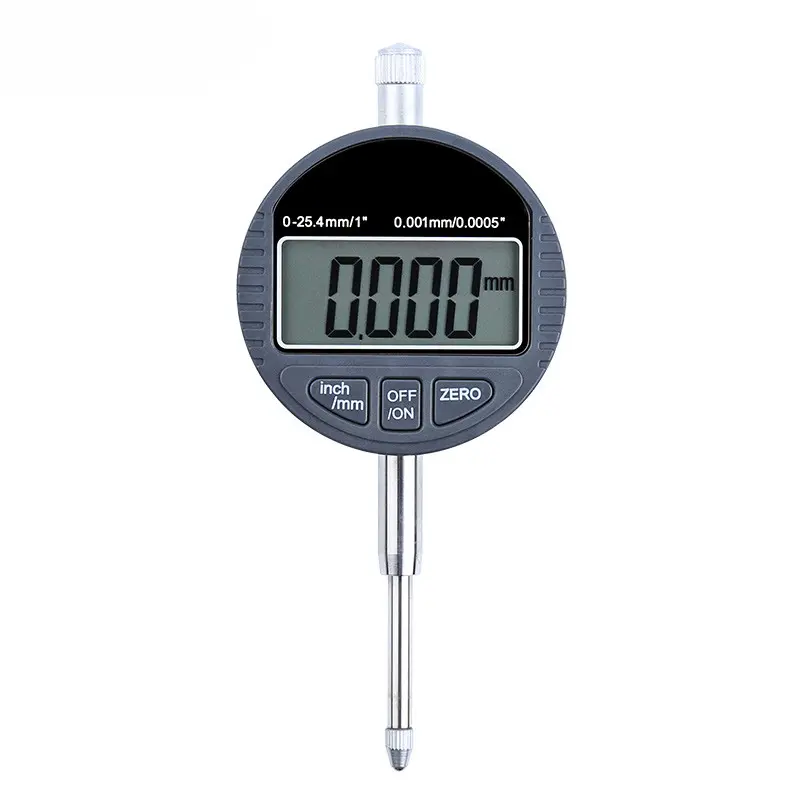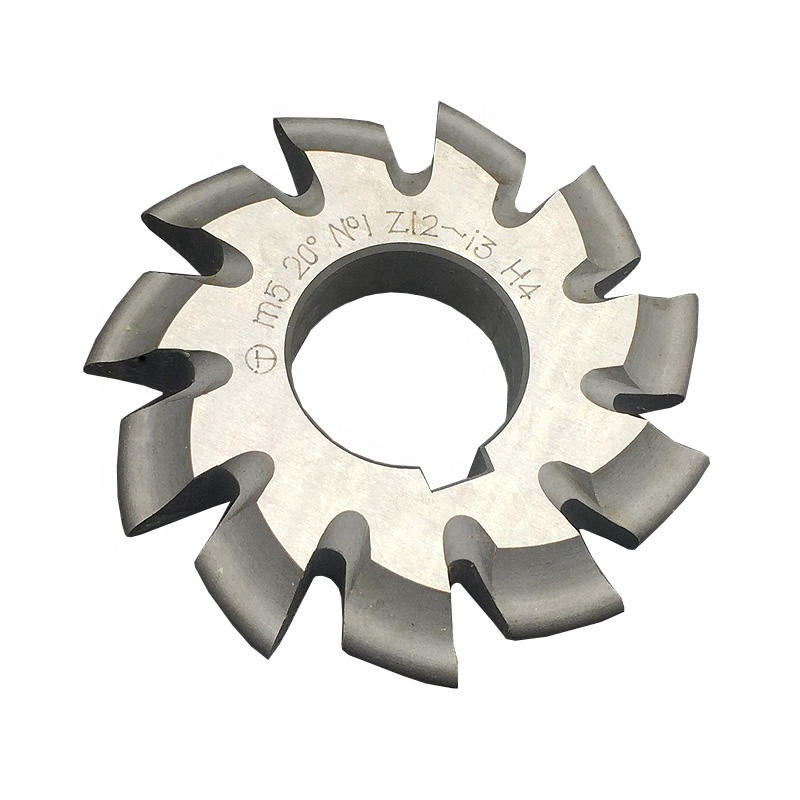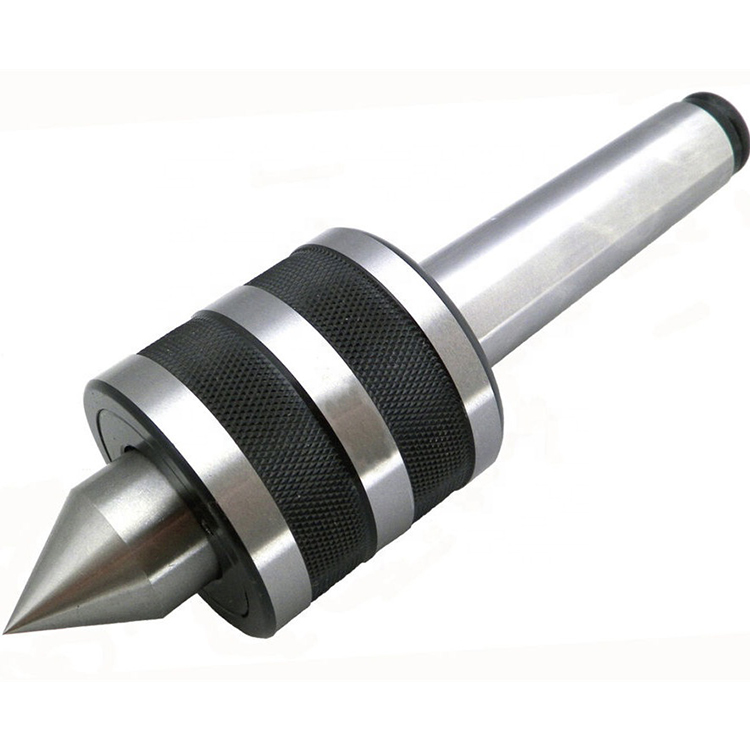Milling Insert Manufacturer
Navigating the world of milling insert manufacturers can be complex. This guide provides a detailed overview of what to look for in a quality milling insert manufacturer, covering key factors like material selection, coating options, quality control, and customization capabilities, helping you make an informed decision for your machining needs.
Understanding Milling Inserts: The Basics
Milling inserts are replaceable cutting tools used in milling operations. They are designed to be mounted on a milling cutter body and are responsible for removing material from the workpiece. The choice of milling insert directly impacts machining efficiency, surface finish, and tool life.
Types of Milling Inserts
Milling inserts come in various shapes, sizes, and materials, each suited for specific applications. Some common types include:
- Square Inserts: Versatile for general-purpose milling.
- Round Inserts: Excellent for profiling and producing smooth surfaces.
- Triangle Inserts: Offer multiple cutting edges for cost-effectiveness.
- Diamond Inserts: Ideal for finishing operations and tight tolerances.
Key Considerations When Choosing a Milling Insert Manufacturer
Selecting the right milling insert manufacturer is crucial for ensuring consistent performance and high-quality results. Consider the following factors:
Material Selection
The insert material dictates its ability to withstand heat, wear, and cutting forces. Common materials include:
- Carbide: The most widely used material, offering a good balance of hardness and toughness.
- High-Speed Steel (HSS): Suitable for lower speed applications and softer materials.
- Ceramics: Excellent for high-speed machining of hardened materials.
- Cermet: Combines the properties of ceramics and metals, offering high wear resistance.
- Diamond (PCD/CVD): Used for machining highly abrasive materials like composites and non-ferrous metals.
Coating Options
Coatings enhance the performance of milling inserts by improving wear resistance, reducing friction, and preventing built-up edge. Popular coating options include:
- Titanium Nitride (TiN): General-purpose coating for increased hardness.
- Titanium Carbonitride (TiCN): Offers improved wear resistance compared to TiN.
- Aluminum Oxide (Al2O3): Excellent for high-temperature applications.
- Diamond-Like Carbon (DLC): Provides low friction and excellent surface finish.
- Chromium Nitride (CrN): Good for adhesive wear resistance.
Quality Control and Testing
A reputable milling insert manufacturer will have robust quality control processes in place to ensure consistent product quality. Look for manufacturers who conduct thorough testing, including:
- Dimensional Accuracy Testing: Verifying that inserts meet specified dimensions.
- Hardness Testing: Measuring the hardness of the insert material.
- Wear Resistance Testing: Evaluating the insert's ability to withstand wear.
- Microstructure Analysis: Examining the microstructure of the insert material to identify any defects.
Customization Capabilities
For specialized applications, you may require customized milling inserts. A good manufacturer should be able to offer:
- Custom Geometries: Designing inserts with specific shapes and cutting edges.
- Custom Materials: Using specialized materials to meet unique application requirements.
- Custom Coatings: Applying specific coatings to optimize performance.
Finding the Right Milling Insert Manufacturer
Here's how to find a reliable milling insert manufacturer:
- Online Research: Search online directories and industry websites.
- Referrals: Ask for recommendations from other manufacturers or suppliers.
- Trade Shows: Attend industry trade shows to meet with potential manufacturers.
Working with Wayleading Tools
Wayleading Tools is a leading supplier of high-quality milling inserts. We offer a wide range of standard and custom inserts to meet your specific machining needs. We pride ourselves on our commitment to quality, innovation, and customer satisfaction. Visit www.wayleading.com to explore our product catalog and learn more about our capabilities. Our experienced team is dedicated to helping you find the perfect milling insert solution for your application. We understand that choosing the right milling insert is crucial for optimizing your machining processes and achieving superior results.
Troubleshooting Common Milling Insert Issues
Even with the best inserts, problems can arise. Here are some common issues and how to address them:
- Chipping: Often caused by excessive cutting forces or improper speeds and feeds. Reduce feed rate or change insert geometry.
- Wear: Normal wear is expected, but excessive wear can indicate improper cutting parameters or an inappropriate insert material.
- Built-Up Edge: Occurs when material adheres to the cutting edge. Try a coated insert or increase cutting speed.
- Vibration: Can lead to poor surface finish and reduced tool life. Ensure proper workpiece clamping and machine rigidity.
The Future of Milling Insert Technology
The field of milling insert technology is constantly evolving. Expect to see advancements in:
- New Materials: Development of even harder and more wear-resistant materials.
- Advanced Coatings: Coatings with improved performance and longer lifespan.
- Smart Inserts: Inserts with integrated sensors for real-time monitoring of cutting conditions.
Milling Insert Material Grade Comparison
| Material Grade | Hardness (HRA) | Toughness (K1C) | Wear Resistance | Application |
|---|---|---|---|---|
| P10 (Carbide) | 92.5 | 11 | Good | High-speed finishing of steel |
| K20 (Carbide) | 91.5 | 12 | Excellent | Machining of cast iron |
| M30 (Carbide) | 92 | 10 | Good | General purpose machining of stainless steel |
*Note: Data parameters may vary depending on the manufacturer. Please consult the manufacturer's specifications for accurate data.*
Source: Seco Tools Catalog
Related products
Related products
Best selling products
Best selling products-
 HSS Inch Concave Milling Cutter For Industrial
HSS Inch Concave Milling Cutter For Industrial -
 Parting & Grooving Tool Blades For GTN Blades
Parting & Grooving Tool Blades For GTN Blades -
 Type C Cylinder Ball Nose Tungsten Carbide Rotary Burr
Type C Cylinder Ball Nose Tungsten Carbide Rotary Burr -
 7pcs Carbide Turning Tool Set With Metric & Inch Size
7pcs Carbide Turning Tool Set With Metric & Inch Size -
 Precision Digital Indicator Gage For Industrial
Precision Digital Indicator Gage For Industrial -
 Inch HSS Step Drills with Straight Flute
Inch HSS Step Drills with Straight Flute -
 Metric Thread Ring Gauge 6g Accuracy With Go & NO Go
Metric Thread Ring Gauge 6g Accuracy With Go & NO Go -
 Precision Digital Bore Guage From 6-450mm Range
Precision Digital Bore Guage From 6-450mm Range -
 HSS Metric & Inch Woodruff Keyseat Cutter With Straight Or staggered Teeth
HSS Metric & Inch Woodruff Keyseat Cutter With Straight Or staggered Teeth -
 Dead Center For Morse Taper Shank
Dead Center For Morse Taper Shank -
 HSS Module Involute Gear Cutters With PA20 And PA14-1/2
HSS Module Involute Gear Cutters With PA20 And PA14-1/2 -
 MT-APU Drill Chuck Holder With Keyless Type
MT-APU Drill Chuck Holder With Keyless Type











